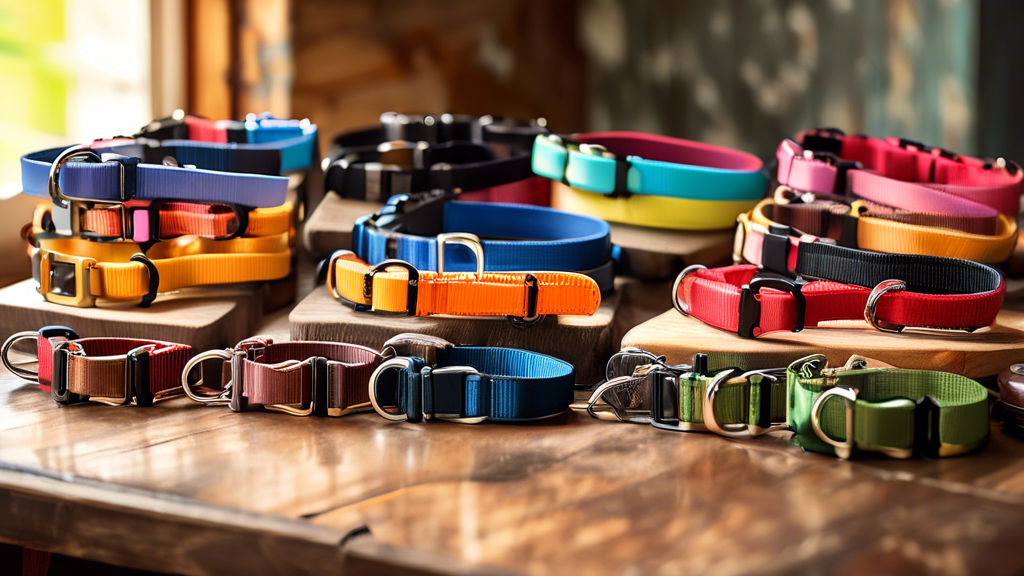Introduction to Remote Dog Training Collars
Remote dog training collars, also known as e-collars or shock collars, are electronic training aids designed to help train dogs, correct unwanted behaviors, and enhance communication between the dog and the handler. These collars offer various stimulation modes such as electric shock, vibration, and tone, which can be triggered remotely using a handheld device. Given the controversy surrounding their use, it’s essential to understand how these tools work and to use them responsibly. This article reviews some of the top-rated remote dog training collars to help you make an informed decision.
Factors to Consider When Choosing a Dog Training Collar
Before diving into the products, let’s look at the key features to consider when selecting a remote dog training collar:
- Range: The distance over which the remote can effectively control the collar, which can vary greatly depending on the intended use.
- Stimulation Levels: The variety and intensity of corrections available, including tone, vibration, and static shock. It’s important that the range offers subtle adjustments.
- Waterproofing: Particularly important for dogs that engage in activities near water or in various weather conditions.
- Battery Life: The longevity of both the collar and the remote’s battery, as well as ease of recharging or replacement.
- Comfort and Fit: The collar should fit comfortably around your dog’s neck without causing irritation.
- Safety Features: Features that prevent accidental corrections, such as lockout settings.
Top 5 Remote Dog Training Collars
1. SportDOG Brand 425X Remote Trainers
The SportDOG Brand 425X is highly regarded for its versatility and robustness, making it suitable for both professional trainers and everyday pet owners. It offers a range of up to 500 yards and provides 21 levels of static stimulation, as well as vibration and tone options. Its waterproof design and rechargeable batteries make it an excellent choice for outdoor training sessions.
2. Garmin Delta XC Bundle
Garmin is well-known for its precision technology, and the Delta XC Bundle does not disappoint. It incorporates 18 levels of momentary and continuous stimulation, plus tone and vibration. A key feature is its ability to control up to 3 dogs from a single handheld device, with a range up to half a mile. The collar is lightweight and built for any weather condition, favoring those who venture into rugged environments.
3. Dogtra 1900S Series
Designed for intense training sessions, the Dogtra 1900S series stands out with its 3/4-mile range and ergonomic slim receiver, making it comfortable for the dog. It features precise control over 127 stimulation levels, which are suitable for any sensitivity of dogs. Particularly notable is its waterproof construction, allowing use in all weather conditions.
4. Educator E-Collar Remote Dog Training Collar
The Educator E-Collar differentiates itself with a unique feature: a stimulation type that is more akin to a tapping sensation rather than a sharp shock. This system offers a safer, more humane approach to electronic training. It boasts a half-mile range and provides the user with 100 stimulation levels for fine tuning. Its night tracking light and stopwatch-style transmitter are especially useful for nighttime training.
5. PATPET Dog Training Collar with Remote
For those seeking a budget-friendly option without compromising on quality, the PATPET training collar is a standout. It offers a decent range of 1000 feet and 16 levels of static and vibration stimulation, along with a standard tone mode. The collar is known for its ease of use, making it ideal for first-time users who are training pets at home.
Using Remote Training Collars Responsibly
While remote training collars can be powerful tools in a training regimen, it’s crucial to use them responsibly. Always start with the lowest level of stimulation and only increase it if your dog does not respond. It’s also recommended to consult with professional trainers when using electronic training aids, especially if you’re unfamiliar with their proper use. Aversive training methods should be used sparingly, integrated into a training regimen that also includes positive reinforcement for the best results.
Conclusion
Remote dog training collars can be effective tools when used correctly and humanely. The key to successful use lies in selecting the right product for your needs and using it as part of a comprehensive, respectful training program. Whether you are an experienced trainer or a first-time dog owner, the reviewed collars offer a range of options to enhance training and improve dog behavior under supervision.

